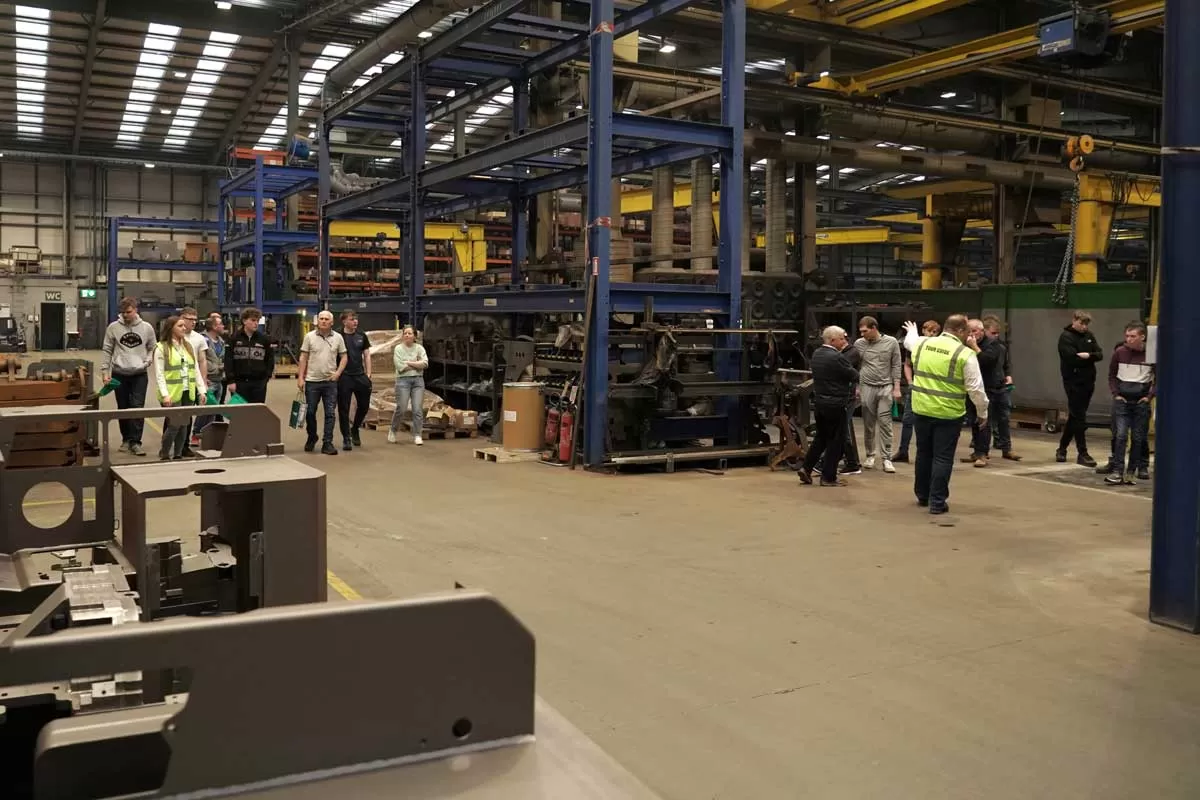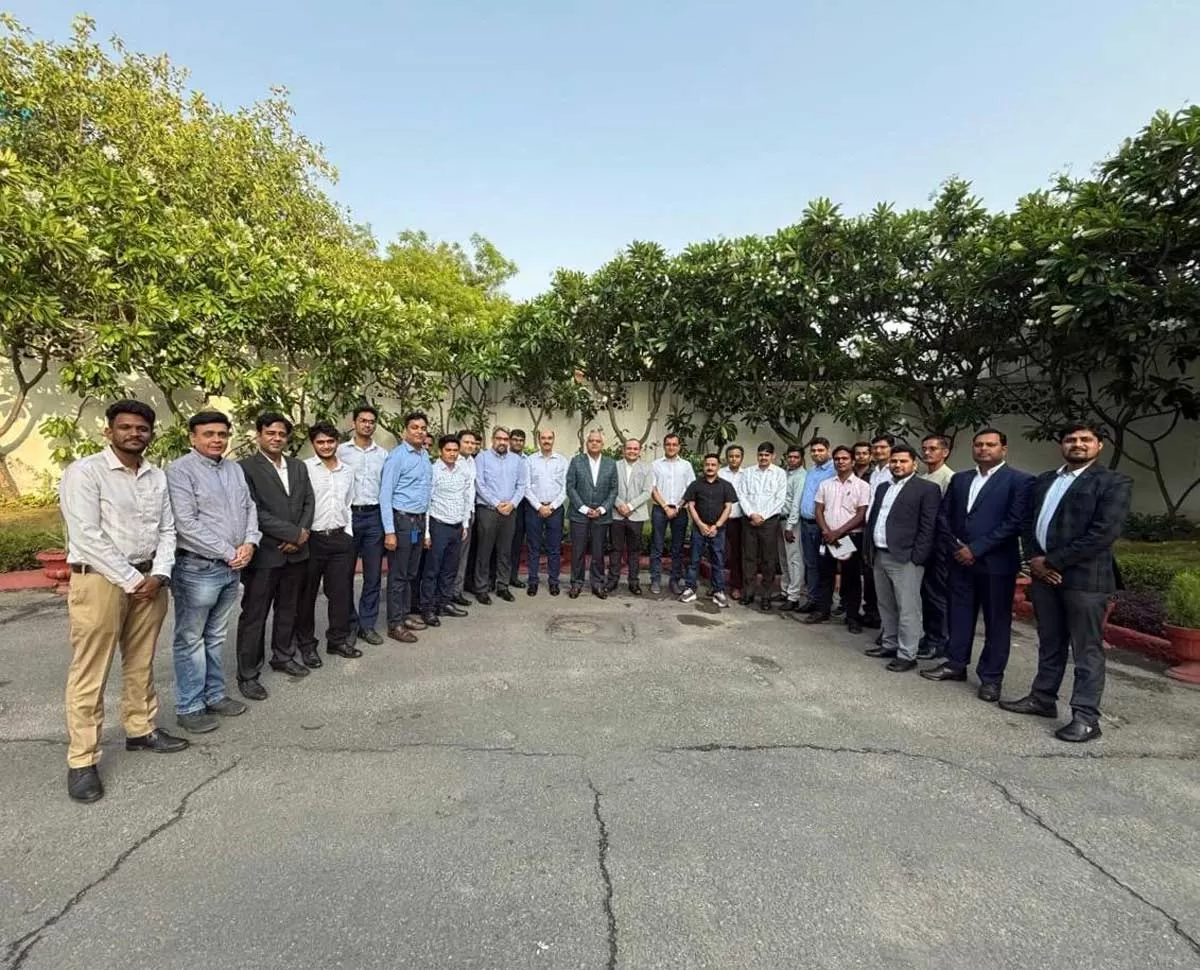The virtual panel discussion with the real estate stalwarts, held along the CONSTRUCTION WORLD Architect and Builder Awards this year, uncovered hard facts, and estimates on where the sector is heading towards amid the pandemic.While the novel coronavirus has had its impact world over, varying opinions have been emerging on its impact on real estate. The CW virtual panel discussion, held along the recently concluded CONSTRUCTION WORLD Architect and Builder Awards, uncovered the real estate sector and its growth graph despite the pandemic. Moderated by Shriyal Sethumadhavan, Features Editor, CW, the esteemed panelists included: Harshavardhan Neotia, Chairman, Ambuja Neotia Group; JC Sharma, Vice Chairman & Managing Director, Sobha; Ar Manit Rastogi, Founding Partner, Morphogenesis; Mohit Malhotra, Managing Director & CEO, Godrej Properties; Niranjan Hiranandani, Founder & Managing Director, Hiranandani Constructions; and Ar Rahul Kadri, Principal Architect, IMK Architects.Reclaiming the pre-COVID levelsThe discussion commenced with the question on the ideal timeframe by when the sector is expected to come back on track.Mohit Malhotra said, “The first trigger will be the vaccine coming in, post which the economy also needs to come back, and subsequent to that, the real estate space will start recovering. Optimistically, it would take us about a year and a half or two.” He added that good brands are not seeing sales going down during this period. “This era will lead to a consolidation in the industry.”JC Sharma estimated around six to twelve months for developers to come back, improve liquidity, and get started. For the market to come back to its normalcy, it may take 18 months or so. He added, “Looking at the existing liquidity, low interest cost and for the economy to get any kind of a trigger, revival of real estate will be an important factor once the government is clear that they are in control of COVID-19.” However, for the Indian economy to revive and the banking sector to get back on rail, he believes that green shoots should be visible may be six months from now. The first take off!The discussion went on to focus on the various segments within real estate that are set to bounce back.Confidently, Harshavardhan Neotia, mentioned, “Residential will lead the recovery.” He said, “Affordability is at an all-time high. We are also seeing enquiries where people want to move into a larger apartment just because they need more space. This is a new situation, and credible developers are experiencing good traction for apartments completed or nearing completion.” He also mentioned that hospitality will take the longest to recover.Agreeing with Neotia, Niranjan Hiranandani also mentioned the Maharashtra Government’s recent announcement of reducing stamp duty rates to 2 per cent from 5 per cent, along with some other expected benefits. “While a push into the residential space is evidently going to happen, commercial is having a slight set-back, which is expected to continue until the COVID situation subsides. However, the negative part of GDP growth can be made positive by pushing infrastructure and real estate. Once that happens, commercial real estate will spring back, and probably surprise everybody.” He also referred to a tremendous growth expected in the warehousing and the logistics spaces in the next couple of years.Pointing out to an opportunity for residential development, Ar Rahul Kadri said, “In Mumbai and Maharashtra, 50 per cent of the population live in slums, and they are in the greatest need of space. So, for residential development, development of slums, and buildings that need repair and reconstruction – this is a huge market.” He added, “If the government did not monetise FSI, prices could come down 25 per cent. We have hardly touched 5 per cent of the slums in the last 30 years. We clearly need another mechanism.”Inventory levelsThe COVID-19 pandemic has taken inventory levels to a record high and home sales are down almost 70 per cent in most cities. The discussion further looked at the adoption of solution-oriented approaches.As Sharma mentioned, “It is a misnomer that the real estate sector is carrying a huge inventory. When sales are down, automatically what you have on a quarterly basis will take more quarters or more time to liquidate. The demand had fallen, and it is also expected to rise sharply because there have hardly been any launches.”Speaking from his experience, Neotia said, “For developers with a good track record, much discounting is not necessary. People probably require some payment plan because of cash flow issues. By offering discounts, you create weakness in your product positioning and that perhaps is not necessary.” He emphasised that COVID came in on the back of a rather slow economy, so prices have been modest in most markets.Hiranandani emphasised on a flexible payment option as an interesting aspect. Additionally, he mentioned, “Virtual tours for projects will be adopted and the sector will look at every market, including the NRI market.”Mentioning the levers that Godrej has been focusing on, Malhotra said, “One is digital sales. At present, 40-50 per cent of the Indian consumers are buying 100 per cent digitally, which is interesting. Second is the NRI market – there is a class of people who have started feeling that this is the right time to invest in real estate. We saw a strong demand in international markets in Q1 and continue to see it in Q2. Of course, we continue to be flexible and consumers need some bit of payment flexibility given the uncertainly in their own jobs.”Technology for efficiencyRegardless of the lockdown, Manit Rastogi highlighted how technologies such as augmented reality (AR) and virtual reality (VR) are playing a major role in transforming the building industry.He said, “It is interesting to see how technology can solve a problem. At present, the criticality is residential design. One is design optimisation, where you can efficiently use FSI to create valuable space. Second is cost of construction.” He added, “We are primitive in the way we build today, and what we are seeing in real time is the convergence of technology between AR, VR, IoT, geospatial, drone technology, and others. Also, there is a need for buildings to move away from being constructive to being manufactured. This will lead to savings in both, cost of construction and lifecycle.”Rapid wrap-upAs the discussion came to its conclusion, on the project launch scenario, Sharma said, “We remain reasonably bullish that most launches, as and when they happen, will get a good response.”About ongoing projects and timelines, Malhotra mentioned labour requirement as the biggest challenge.On design trends emerging out of the current situation, Ar Kadri pointed out to the need for space for part-time staff coming into buildings, especially in cities such as Mumbai; and the need for using open spaces much more effectively. In conclusion, Ar Rastogi emphasised on the key changes in commercial and residential that are set to come about in architecture: “In residential, there has been a lot of emphasis on the design of the unit apartment, its ticket size and compactness. In the BHK, the B (bedroom) is being used for multiple purposes. So, we should see a move in the residential segment with fully fitted-out units that have multifunctional usage in each of the spaces.” For commercial, he added, “Large commercial complexes and IT campuses have been created, and we have lost the small offices. We are going to see a revival as companies may tend to start looking at a hub and spoke model where there are offices closer to homes. This is model is a hybrid between the business centre, the co-working and smaller managed leasing offices. Technology will help the more octopus-type office rather than one large single office.” - SHRIYAL SETHUMADHAVAN Share your experience of the CWAB Awards at feedback@ConstructionWorld.inHe was a thorough gentleman and a well-wisher of ASAPP Info Global Group with his presence in the events organised by the group and his contributions to the publications. Mr Singhania’s demise is a loss for the cement, construction and building materials industry.

















